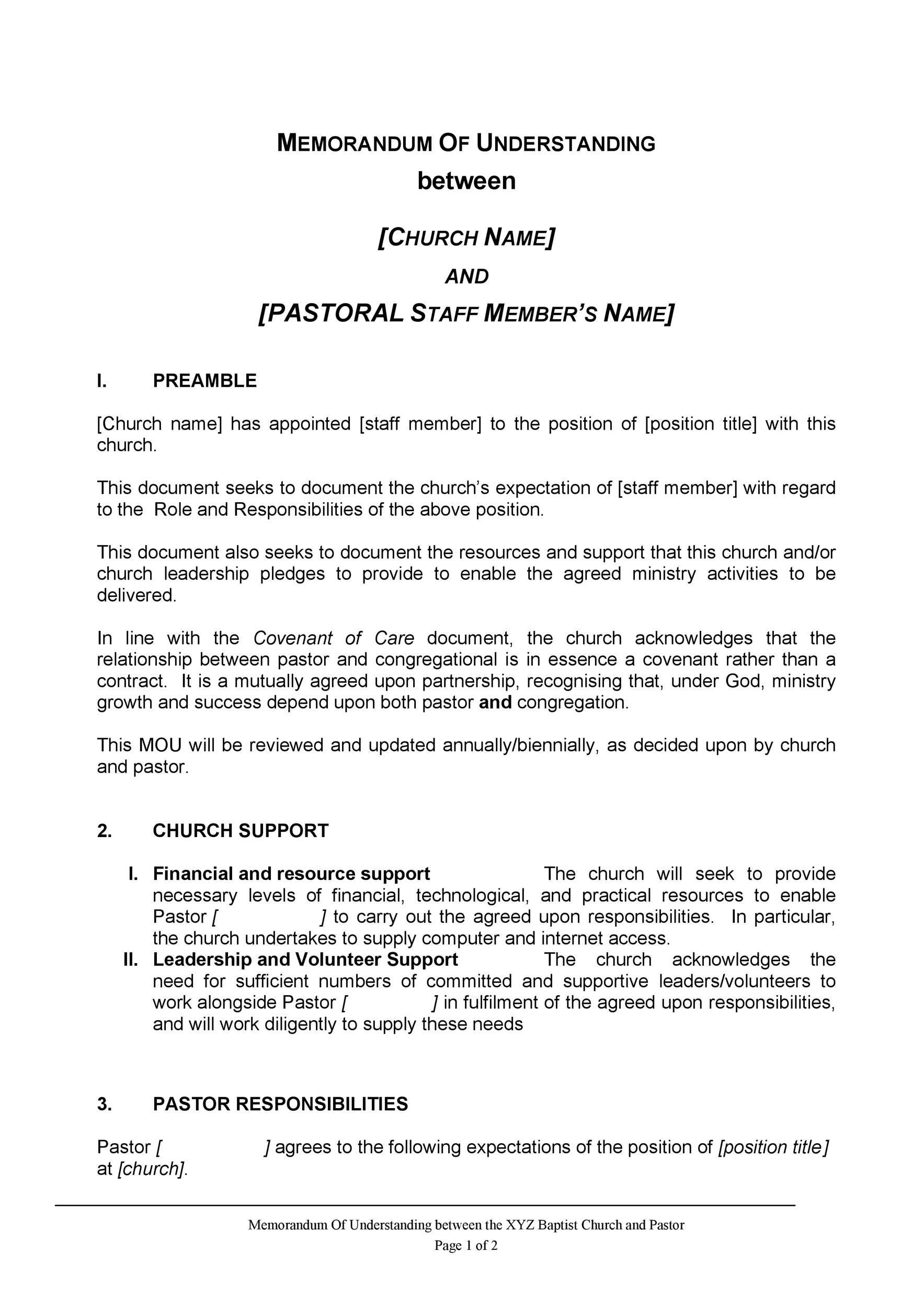
This section should explain the problem, issue or opportunity that the partnership will help to improve. The following covers the intended purpose of each of its sections, and how it might be used to best effect: Section 1: background Drafting your memorandum of understandingĪccompanying this document is a template MOU that we encourage schools to use. The accompanying template should be used as a guide – not a prescriptive document. relative formality that partners prefer.The content of each MOU is entirely up to the parties involved.The language and level of detail used will also depend on the: It has moral force, but does not create legal obligations. It is a statement of serious intent – agreed voluntarily by equal partners – of the commitment, resources, and other considerations that each of the parties will bring. It is important to keep 2 important points in mind: A MOU is not a legally binding document These concerns should not overshadow the benefits of formalising a partnership. It is common for schools to be put off by the formal nature, and at times, the detail of a MOU.

On evaluation, it provides an opportunity to build impact evaluation into the partnership from the outset and setting out clearly the achievements it hopes to realise.

a document that can be shared with school leaders, parents and other school community stakeholders to give clarity about what the partnership involves, and how their school is benefiting from and contributing to the partnership.the opportunity for governing boards to scrutinise and sign off on a tangible body of work – this can be helpful for gaining governor support and sustaining this through any changes to the personnel of the governing bodies.clarity for all partners about what each is putting in, what each is getting out and the timeframe for doing so.On accountability and governance, it provides: There are several benefits to formalising a partnership through an MOU. One way of doing this is through agreeing a memorandum of understanding ( MOU) to ensure that the promised outcomes of the partnership: Evidence suggests that partnerships that enter into a formal agreement tend to be better formed and more sustainable.

We strongly encourage partner schools to formalise their arrangements in order to clarify the activities and benefits for all involved. We want to see this good practice adopted more widely and raise the ambition for what can be achieved. We know that many institutions are already involved in partnerships to support these objectives, and are working closely with other schools. We encourage a range of activities within these partnerships around our 4 priority areas – teaching, curriculum, leadership, and school improvement – to deliver high impact outcomes for the benefit of pupils.


 0 kommentar(er)
0 kommentar(er)
